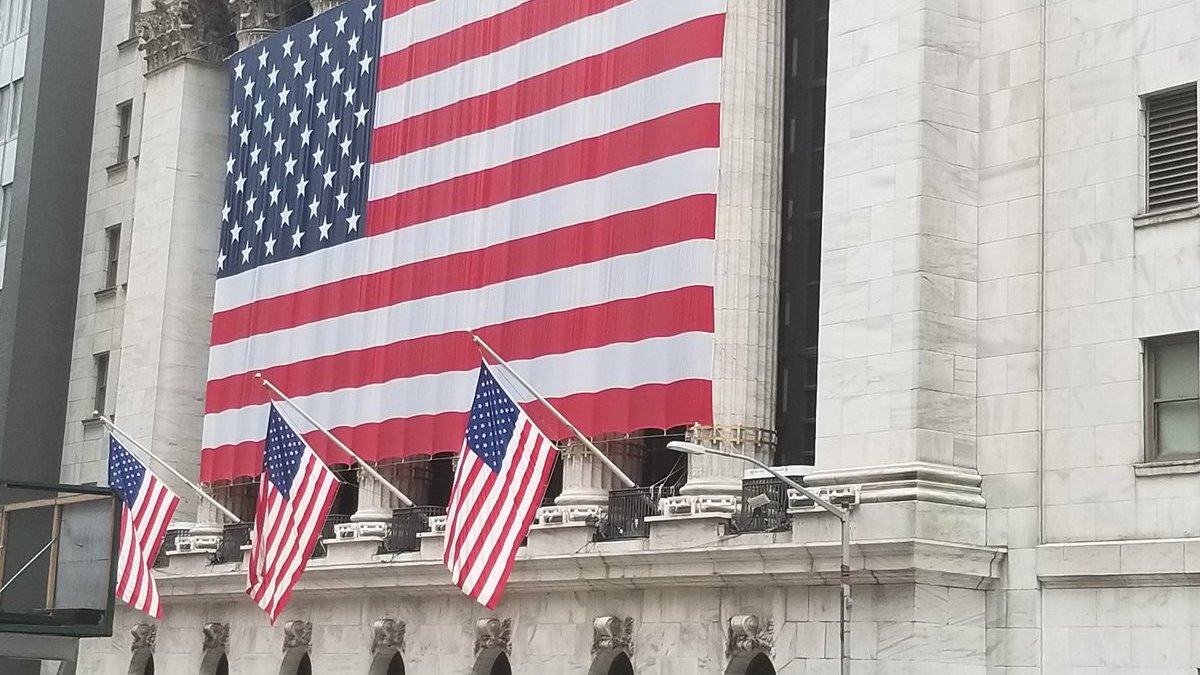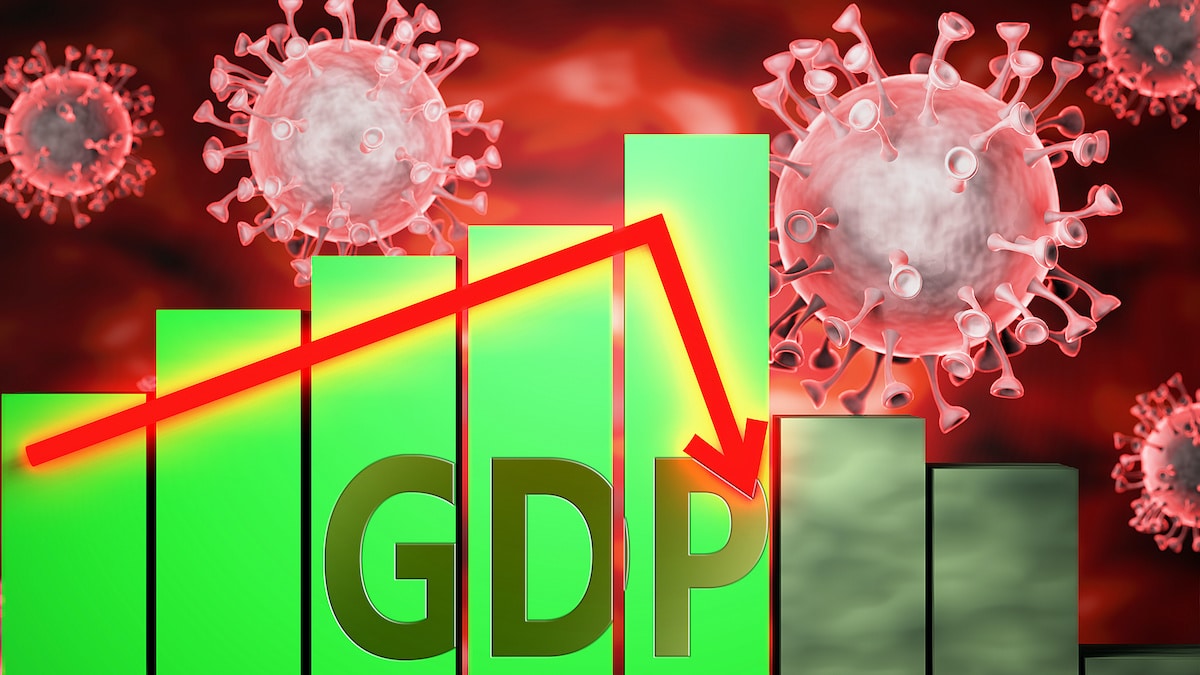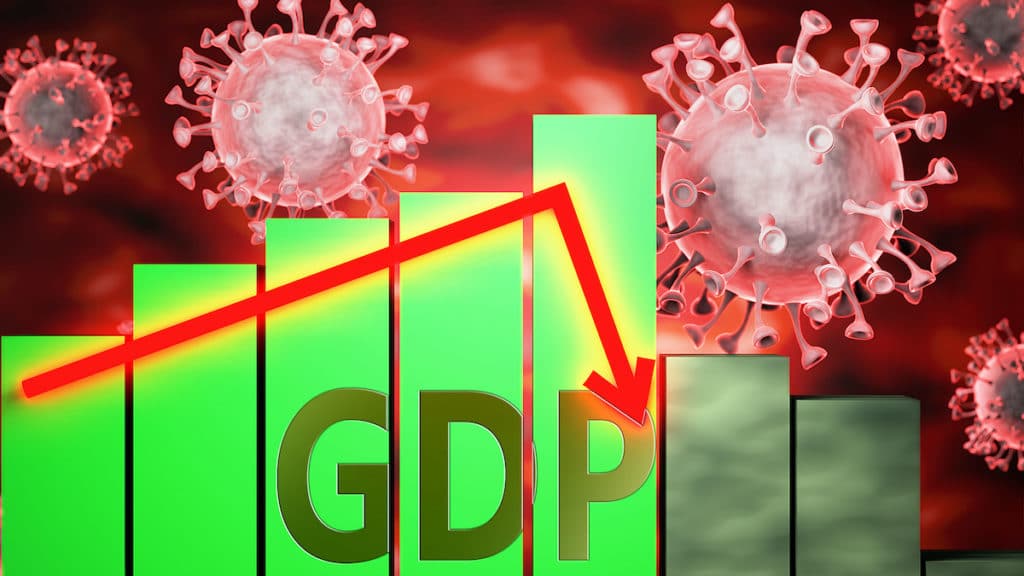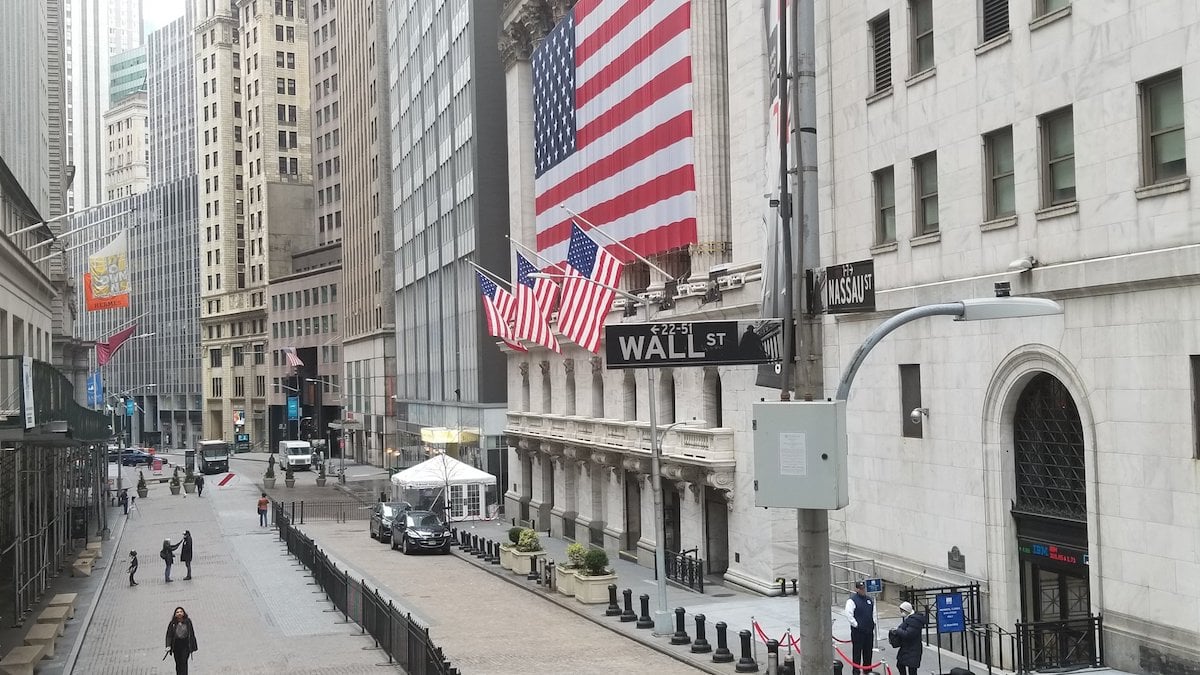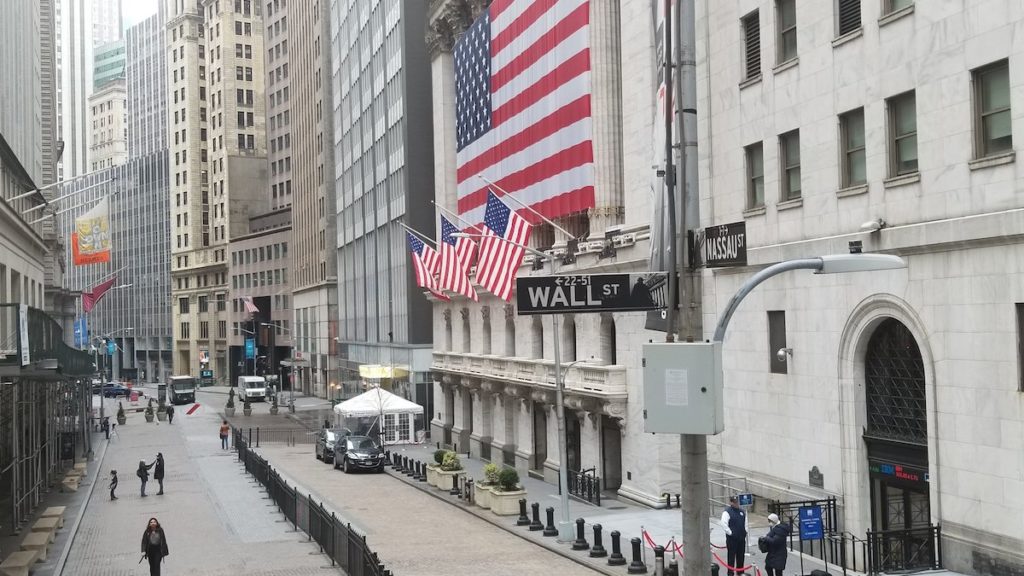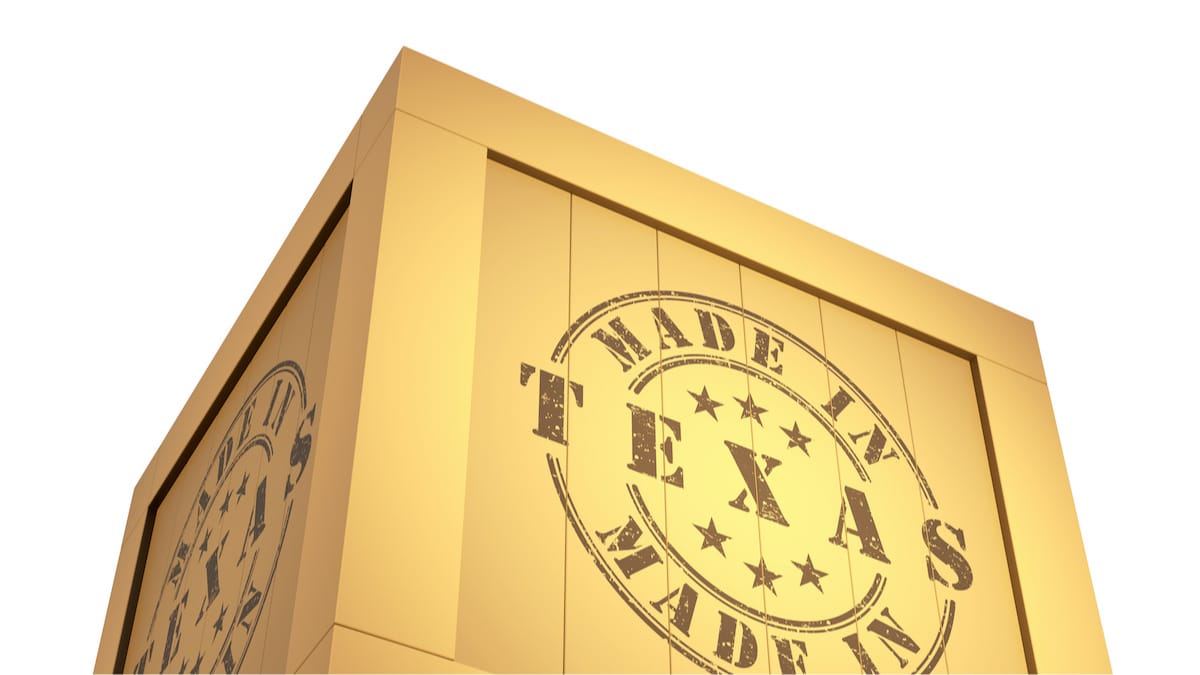Thank You, April: Stock Markets Needed That Rally
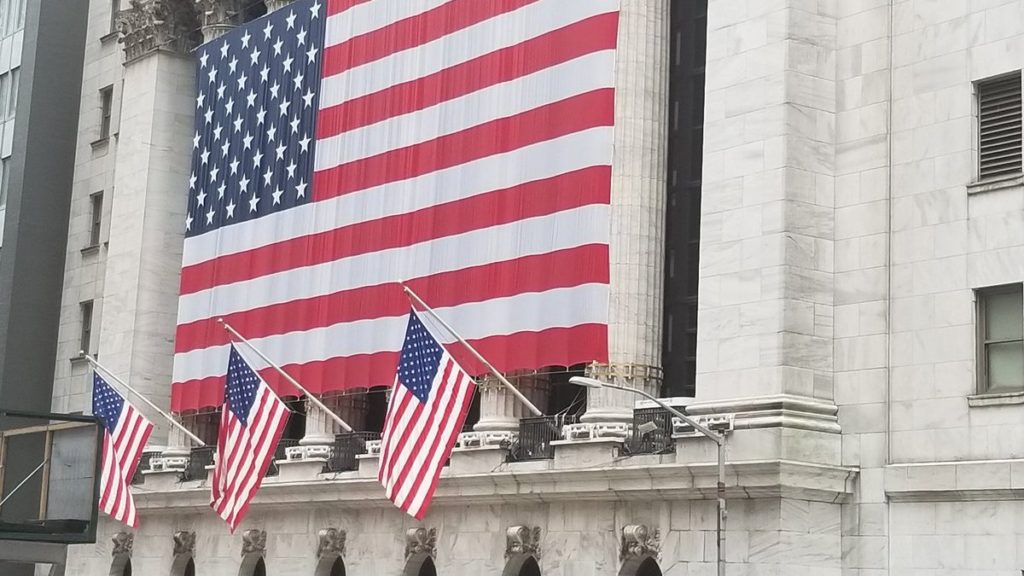
New York, N.Y. (PPD) — April has been a sigh of relief, followed by redemption for investors who waited out the brutal mauling markets took in March. We’ll see headlines all day of “The best month since early 1987”, regardless the stark differences.
Perspective, of course is routinely lost in the headlines. For right now, we’ll take it.
Stocks posted impressive across-the-board gains Wednesday as investors cheered plans to kickstart the economy, positive test results on the drug Remdesivir and some stabilization in oil markets.
At the risk of redundancy, we again highlight that markets are shrugging off horrific economic data, as Q1 GDP reported the largest drop in nearly 12 years at -4.8%. Pro Tip: While Q2 GDP will be MUCH worse, by the time it’s reported in late July, we’ll be well on our way to a robust recovery.
The Dow Jones Industrial Average (^DJI) gained +532.31 points or +2.2% to close at 24633.86. The Dow has rallied +7% in the last 6 trading days and has gained +32.3% from the March 23 lows. The Dow Jones remains -20% from its highs 10 weeks ago.
The S&P 500 (^SPX) rallied +76.12 points or +2.7% to settle at 2939.51. This brings the S&P less than 70 points from its 200 day moving average of 3006, and of course the 3000 milestone. In five weeks since the March 23 lows, the S&P 500 has rallied +31.4% to get within 65 points of the 3000 benchmark.
The S&P was led by Energy +7.3%, bringing its 2 day gain to nearly +10%; Communication Services +5% and Information Technology +4.2%. Laggards were Utilities -0.9%; Consumer Staples (ie: toilet paper) -0.4% and Health Care +0.7%.
The NASDAQ Composite (^IXIC) shrugged off Tuesday’s reversal day to gain a whopping +306.98 points or +3.6%. At last night’s close of 8914.71, the Nasdaq has gained over 2000 points or +30% from the March 23 lows. It’s now just -10.1% below the all time highs from mid February.
Strong earnings from Alphabet Inc. (GOOG) 2 days ago were backed up by Microsoft Corp (MSFT) and Facebook Inc. (FB), both of which reported Q1 after the bell on Wednesday.
Anything and everything with exposure to Internet Commerce and Streaming Services has helped the Nasdaq sustain its rally the last 2 weeks. Having closed above its 200 day moving average 10 of the last 12 days, it now sports a +5.8% premium to that benchmark.
With the Nasdaq less than 100 points from the 9000 barrier, we’d typically say it was time for at least a pause in the rally. However, with standout earnings from both MSFT and FB after close last night — probably not today.
The Russell 2000 (^RUT) is now completely out of hibernation with a +4.8% gain Wednesday to close at 1360.76. The Russell has gained +15% in just the last 6 trading days, and has rallied +37.3% from its lows the third week of March. The Russell remains -20.2% below its 2020 high of 17.5.
The Early Line
Today is the last day of April. Oil is trading higher by +12% to +15%. Early trading in Stock Index futures show modest gains of up to +0.5%. Investors got everything they possibly could have asked for from the stock market this month. As much as the rally is due for a breather, it might be a few days away.
New York, N.Y. (PPD) — The month
